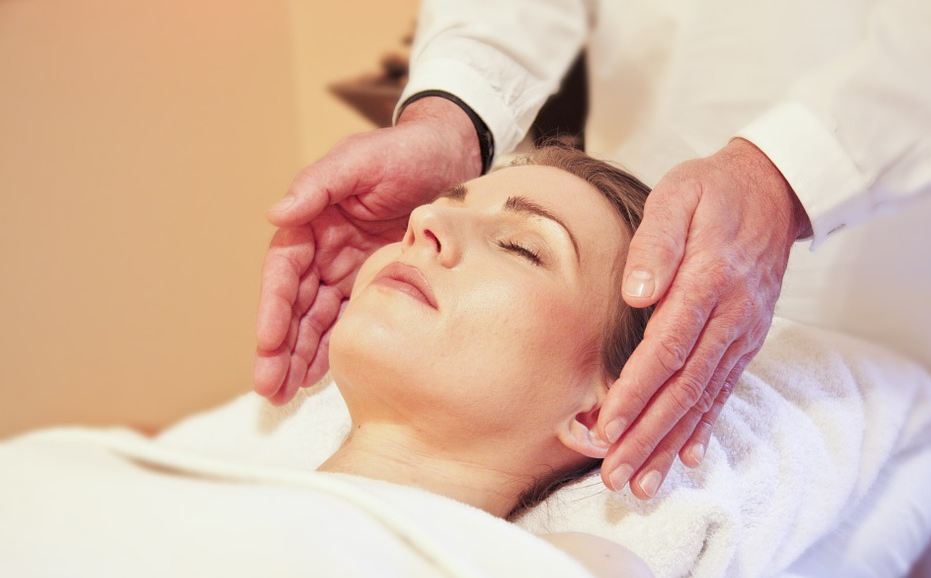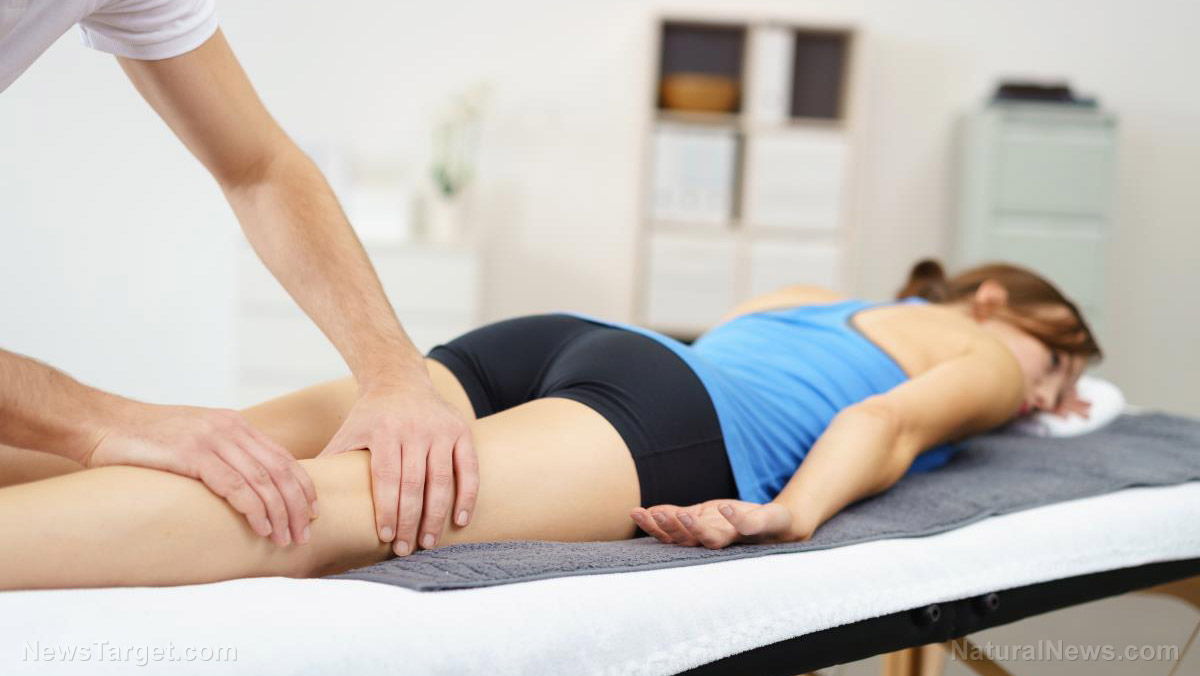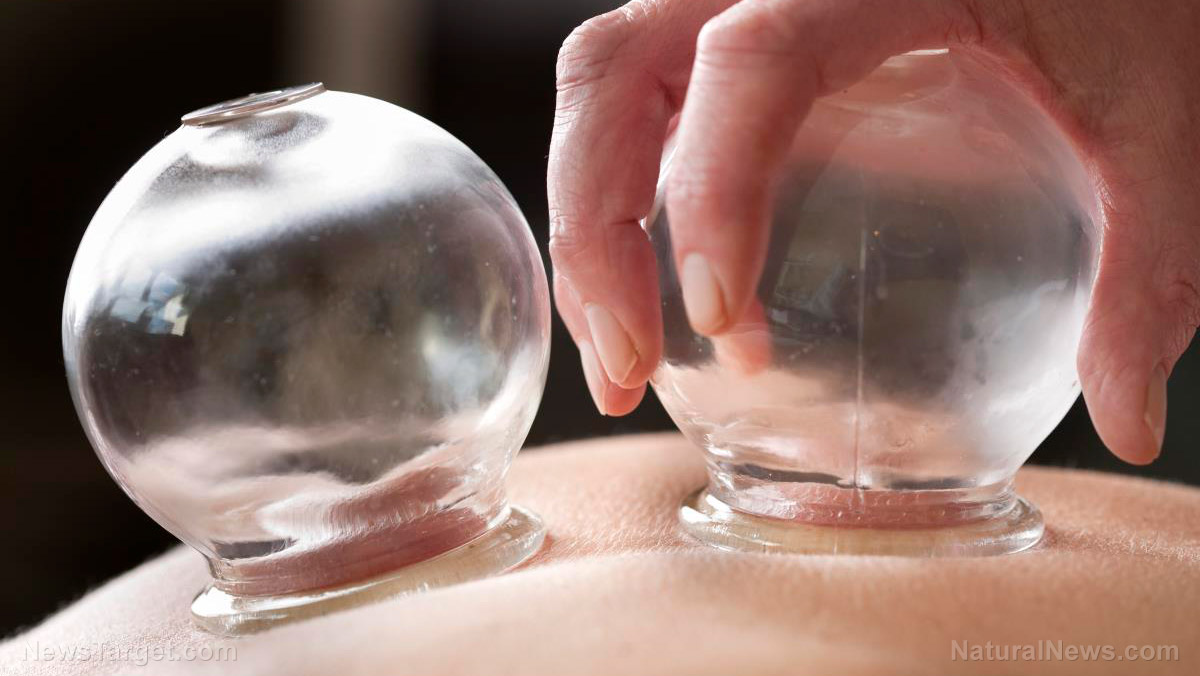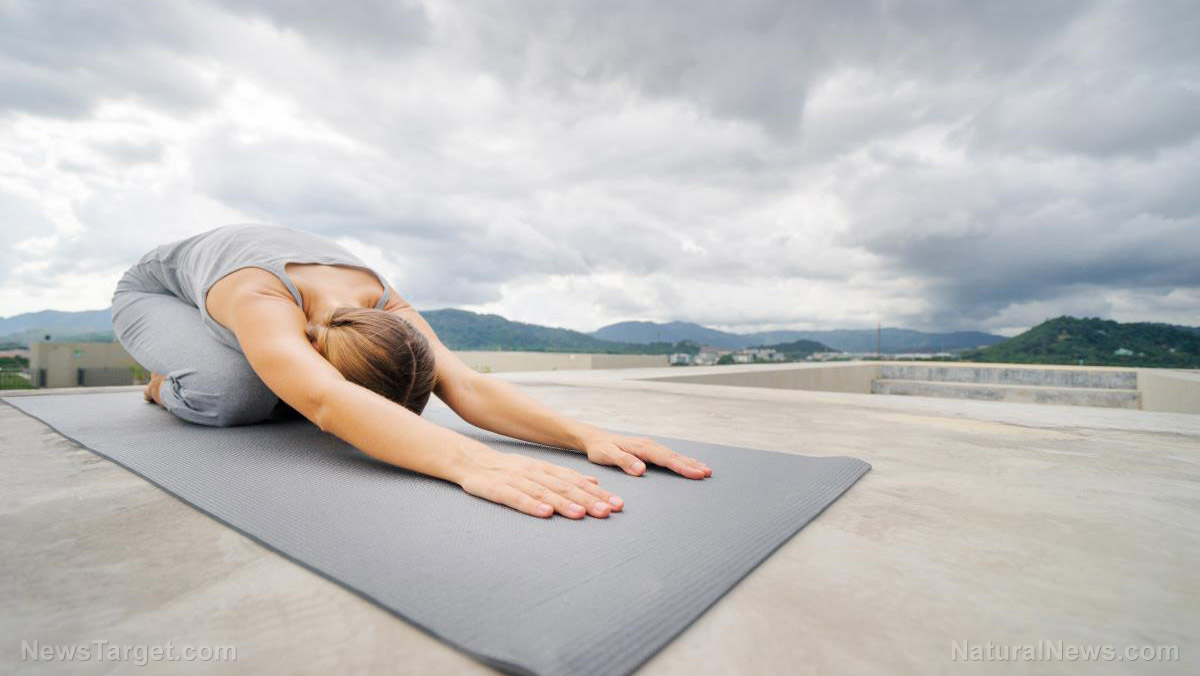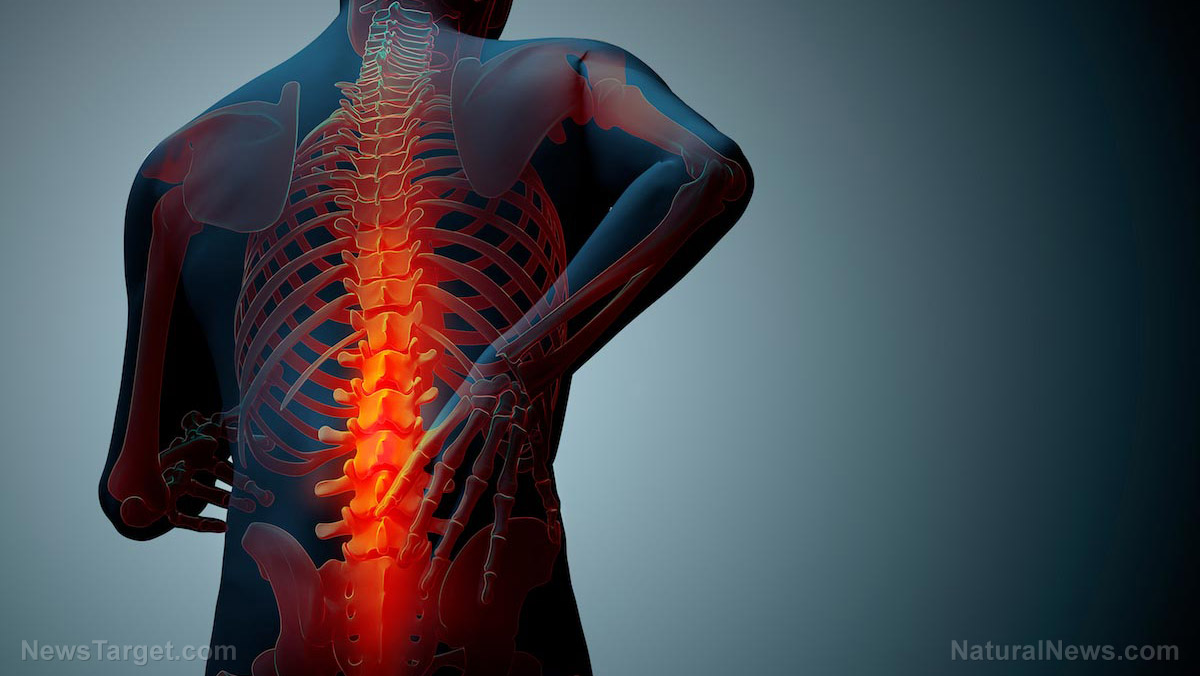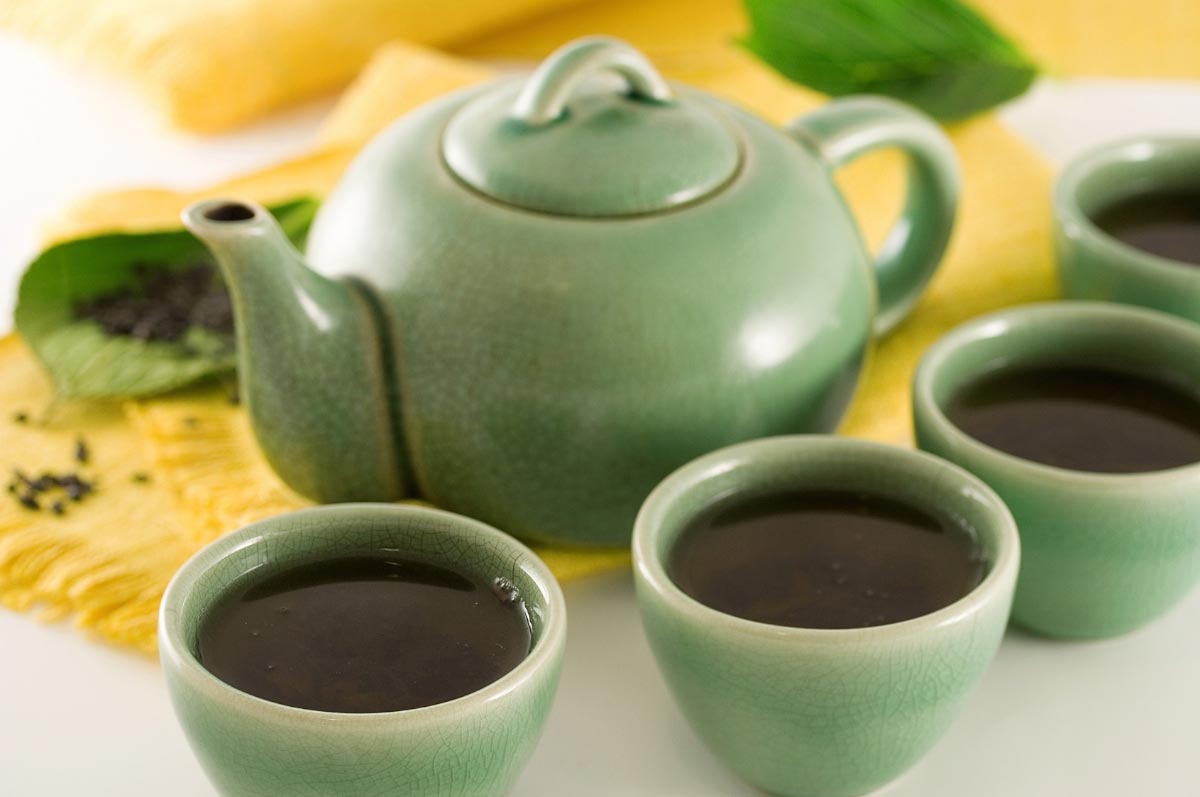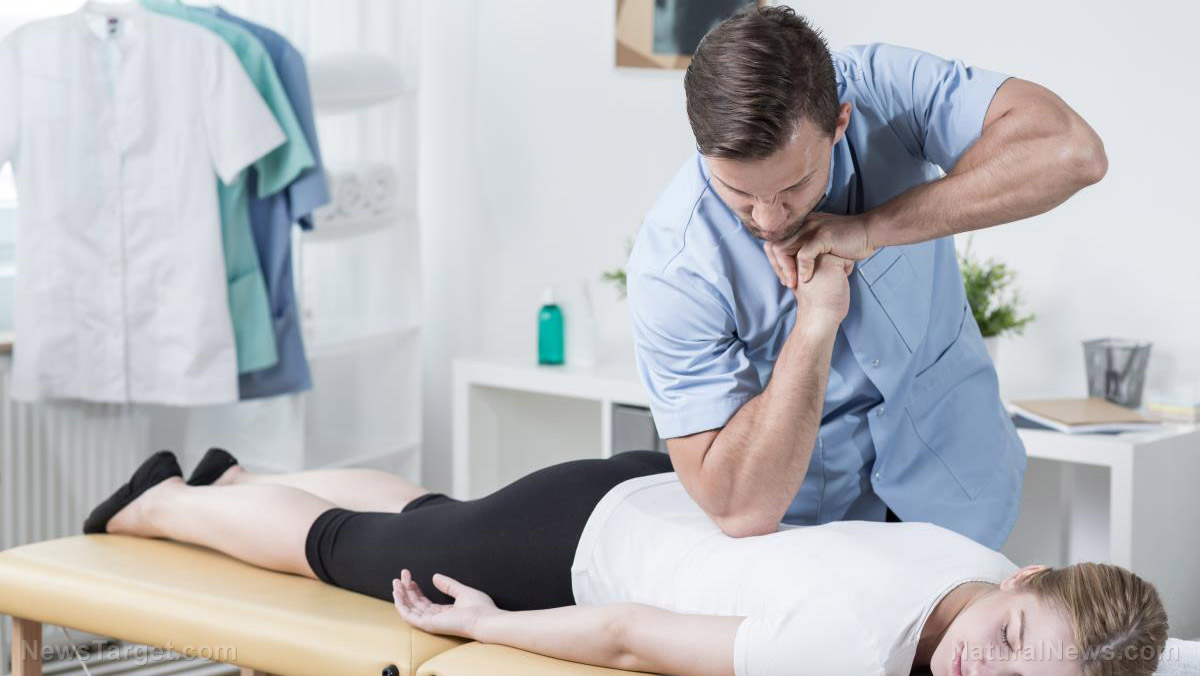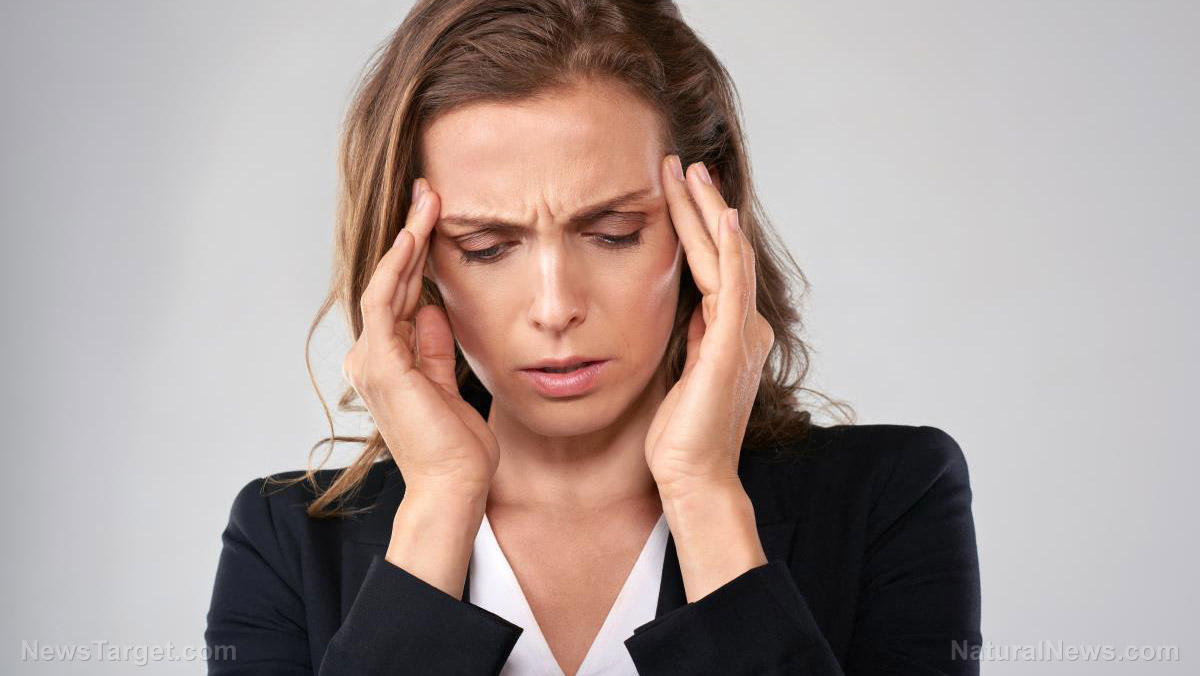New science: The therapeutic effects of long-needle acupuncture on chronic pelvic pain syndrome
07/01/2018 / By Michelle Simmons

A study published in the journal BMC Complementary and Alternative Medicine has found that deep needling at acupoints BL30 (Baihuan Shu) and BL36 (Huiyang) using long-needle acupuncture is more effective in treating chronic pelvic pain syndrome than traditional acupuncture.
- Researchers at The Shanghai University of Traditional Chinese Medicine in China assessed the therapeutic effects of long-needle acupuncture on chronic pelvic pain syndrome or chronic prostatitis.
- In the study, 77 participants with chronic pelvic pain syndrome were recruited and were randomly divided into two groups: the long-needle acupuncture group and the traditional acupuncture group.
- The participants received six sessions of acupuncture for a period of two weeks. A follow-up was scheduled for the 24th week.
- Researchers measured the primary outcome through the total National Institutes of Health-Chronic Prostatitis Symptom Index (NIH-CPSI) score at week 2.
- Moreover, the four domains of NIH-CPSI – urination, pain or discomfort, effects of symptoms, and quality of life – and the clinical efficacy score served as bases for the secondary outcome.
- Results showed that the overall NIH-CPSI score at week 2 and week 24 significantly improved in the long-needle acupuncture group in comparison to the traditional acupuncture group.
- In addition, long-needle acupuncture dramatically improved urination, pain or discomfort, the effects of symptoms, and the quality of life at week 2 and week 24 in chronic pelvic pain syndrome patients.
- Moreover, participants who received long-needle acupuncture exhibited a higher clinical efficacy score.
In conclusion, long-needle acupuncture improves chronic pelvic pain syndrome better than traditional acupuncture.
For the full text of the study, go to this link.
Journal Reference:
Zhou M, Yang M, Chen L, Yu C, Zhang W, Ji J, Chen C, Shen X, Ying J. THE EFFECTIVENESS OF LONG-NEEDLE ACUPUNCTURE AT ACUPOINTS BL30 AND BL35 FOR CP/CPPS: A RANDOMIZED CONTROLLED PILOT STUDY. BMC Complementary and Alternative Medicine. 2017; 17(263). DOI: 10.1186/s12906-017-1768-2
Tagged Under: acupoints, acupuncture, alternative medicine, Chinese medicine, chronic pain, chronic pelvic pain syndrome, chronic prostatitis, long-needle acupuncture, pain relief, traditional acupuncture

